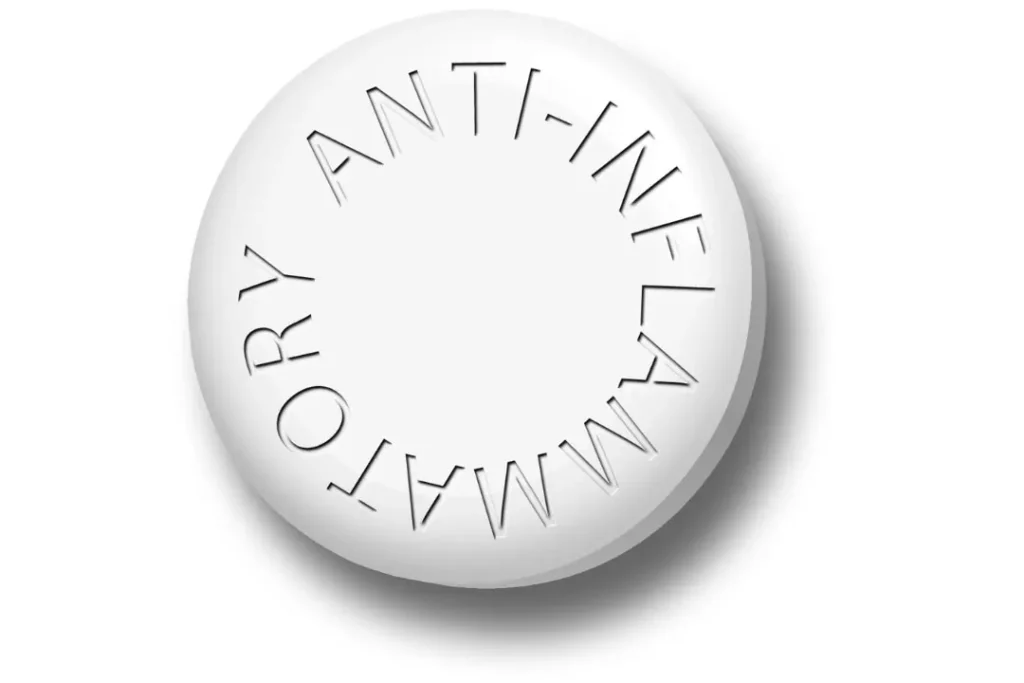A plant species native to Mexico recognized for its beauty, owing to its lovely golden blossoms, is called galphimia glauca, also known as gold shower or slender gold shower. This plant’s potential pharmacological and health advantages have recently attracted attention in nutritional science. This article will examine the nature, health advantages, ideal dose, side effects, potential drug interactions, and best ethical usage of this plant as a nutritional supplement.
You May Also Like:
5 Great Nootropic Herbs for Focus and Mental Clarity
5 Great Nootropic Herbs for Energy, Focus, and Productivity
Galphimia Glauca: Benefits, Dosage, Side Effects, Drug Interactions, and Other Important Information is an original (NootropicsPlanet) article.
Nature of Galphimia Glauca
Galphimia glauca, a member of the malpighiaceae family, has a long history of usage in Central and South America due to its alleged therapeutic benefits. Nor-seco-triterpenoids, polyphenols, flavonoids, and galphimines, have been identified as this plant’s pharmacologically active ingredients. Galphimine-B (Gal-B) has been identified as the compound having the most therapeutic promise among them.
Health Benefits of Galphimia Glauca
Galphimia glauca’s ability to control anxiety is one of the plant’s main health advantages. Using lorazepam, a common anxiolytic, as a comparison, Herrera-Arellano et al. (2007) showed the effectiveness of a galphimia glauca extract against generalized anxiety disorder. Gal-B, which has anxiolytic-like characteristics through altering the serotonergic system, is responsible for this plant’s ability to reduce anxiety.
Galphimia glauca also has the potential to treat asthma symptoms due to its anti-inflammatory effects. According to several studies, galphimines function by inhibiting the activation of NF-B, a protein complex essential for controlling the immune system’s reaction to infection.

Chemistry of Galphimia glauca
Seco-triterpenoids, mainly galphimine-B (Gal-B), which are exclusive to the galphimia genus, make up the majority of the active ingredients in galphimia glauca. These molecules are created through the cyclization of squalene, an intermediate in the biosynthesis of isoprenoids, which results in a wide variety of triterpenoid structures with a C30 carbon backbone. Galphimia glauca, in addition to galphimines, has flavonoids and polyphenols, which support its antioxidant properties.
The main active ingredient, Gal-B, is a nor-seco-triterpenoid with an unusual reorganization of the oleanane skeleton and is distinguished by a distinctive five-membered A ring. This unusual structure is a factor of its distinct biological functions.
Physiological Properties of Galphimia Glauca
Galphimines, particularly Gal-B, are principally responsible for galphimia glauca’s biological properties. Gal-B has anxiolytic-like properties. Gal-B’s anxiolytic effects are most likely brought about by its ability to influence the serotonergic system, according to studies.
A neurotransmitter known as serotonin is important for controlling mood. Anxiety disorders are among the psychiatric illnesses that are linked to abnormalities in serotonin levels. Gal-B mimics the anxiolytic effects of popular prescription anxiolytics by increasing serotonin activity in the brain.
Galphimia glauca has anti-inflammatory properties that can be used to treat asthma symptoms. NF-B, a protein complex involved in immunological responses, is suppressed by galphimines. Galphimia glauca extract can decrease inflammation by inhibiting NF-B activation and can treat inflammatory diseases like asthma.
Additionally, the polyphenols and flavonoids in galphimia glauca have antioxidant properties that shield cells from the oxidative damage caused by free radicals. This adds to galphimia glauca’s general health advantages, including possible protection against chronic illnesses linked to oxidative stress.

Optimal Dosage of Galphimia Glauca
Galphimia glauca dosage recommendations are only provided based on the unique bodily functions and medical circumstances of each patient. A daily dosage of 0.87–2.61 g of dried galphimia glauca plant extract, standardized to 0.175–0.525 mg of total galphimines, has been suggested for oral administration in research looking at the herb’s anxiolytic properties. However, the ideal dosage varies and depends on the targeted health benefit and your personal physical reactions, so speaking with your healthcare expert is necessary.
Side Effects of Galphimia Glauca
While moderate gastrointestinal symptoms including nausea, vomiting, and diarrhea have not been frequently reported in clinical studies with galphimia glauca, there are still some possible side effects. Typically, these side effects are short-lived and disappear as the body becomes used to the supplement.

Potential Substance Interactions with Galphimia Glauca
Galphimia glauca has anxiolytic properties by nature, however it should be used with caution when combined with sedatives or anxiolytics since more research is required to fully understand its interactions. Galphimia glauca and these drugs can both reduce the activity of the central nervous system, therefore using them together can have additional sedative effects that can result in excessive sleepiness and decreased motor coordination.
Best Responsible Uses of Galphimia Glauca
Galphimia glauca should be included in a healthy diet and taken under the guidance of your healthcare expert for the best ethical use. Despite its potential anti-inflammatory and anxiolytic qualities, it shouldn’t be taken in place of conventional medical therapies. Furthermore, you should follow the dose instructions completelyand regularly track how your body is reacting to the supplement.

Galphimia Glauca:
Conclusion
If you are a victim of gastrointestinal disorders and suffer from the discomfort and pain that come along with them, galphimia glauca may be the supplement for you. This plant is native to Mexico and other lush environments surrounding Mexico and has been historically used as a nutritional supplement to aid in digestion and immune system health, and intestinal discomfort. Even though few side effects have been documented, you must speak to your doctor before using this supplement. Side effects of taking galphimia glauca can vary from person to person, however, the most frequently reported side effects include weeping without any explanation, itching/dryness, vertigo, and nausea/vomiting.
References:
- Galphimia glauca Cav. also known as “calderona amarilla”, “flor estrella”, “hierba del desprecio” “hierba del cuervo”, “ojo de gallina”, among other names, is an important Mexican plant species for the treatment of anxiety and depression among other ailments since pre-Hispanic times.link:https://www.mdpi.com/1420-3049/23/11/2985#:~:text=Abstract,anticonvulsant%2C%20antiasthmatic%20and%20antiallergic%20properties.
- Glaucacetalin E and galphimidin B from Galphimia glauca and their anxiolytic activity.link:https://www.sciencedirect.com/science/article/abs/pii/S0378874119345957
- Extraction of Galphimines from Galphimia glauca with Supercritical Carbon Dioxide.link:https://www.mdpi.com/1420-3049/25/3/477
Important Note: The information contained in this article is for general informational purposes only, and should not be construed as health or medical advice, nor is it intended to diagnose, prevent, treat, or cure any disease or health condition. Before embarking on any diet, fitness regimen, or program of nutritional supplementation, it is advisable to consult your healthcare professional in order to determine its safety and probable efficacy in terms of your individual state of health.
Regarding Nutritional Supplements Or Other Non-Prescription Health Products: If any nutritional supplements or other non-prescription health products are mentioned in the foregoing article, any claims or statements made about them have not been evaluated by the U.S. Food and Drug Administration, and such nutritional supplements or other health products are not intended to diagnose, treat, cure, or prevent any disease.


